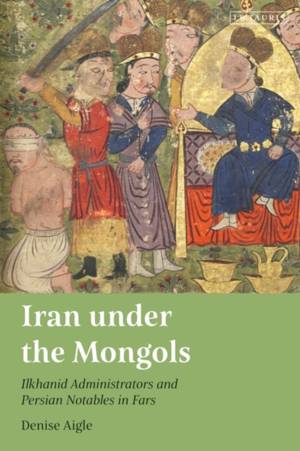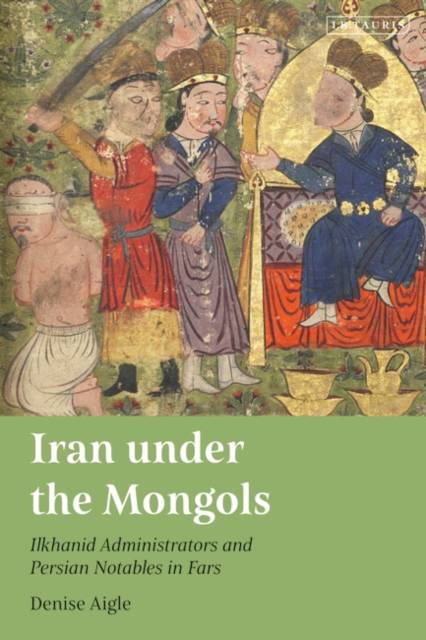
- Afhalen na 1 uur in een winkel met voorraad
- Gratis thuislevering in België vanaf € 30
- Ruim aanbod met 7 miljoen producten
- Afhalen na 1 uur in een winkel met voorraad
- Gratis thuislevering in België vanaf € 30
- Ruim aanbod met 7 miljoen producten
Zoeken
Iran under the Mongols
Ilkhanid Administrators and Persian Notables in Fars
Denise Aigle
Hardcover | Engels
€ 195,45
+ 390 punten
Omschrijving
What were the effects of Mongol rule in Iran? This book focuses on Shiraz and the province of Fars to provide a detailed political, social and economic history of Ilkhanid rule from the first Mongol invasions in 1220 until the end of the Injuid Dynasty in 1357. Using a vast collection of sources, Denise Aigle combines local and global approaches to integrate the history of the province into the whole administrative system. Central is the thesis that Mongol rule caused a break in traditional administrative patterns. A dual administrative system was set up, consisting of both Mongol and local Persian personnel, directed from the court. Charting the fortunes of each successive ruler, her research shows that the failings of individual rulers, as well as intriguing by Persian notables, were the principal reasons for Shiraz and Fars's economic decline under the Mongols in comparison with the more successful neighbouring province of Kirman. Iran Under the Mongols is a vital contribution to our understanding of the effects of Mongol rule in Iran.
Specificaties
Betrokkenen
- Auteur(s):
- Uitgeverij:
Inhoud
- Aantal bladzijden:
- 256
- Taal:
- Engels
Eigenschappen
- Productcode (EAN):
- 9780755645732
- Verschijningsdatum:
- 25/07/2024
- Uitvoering:
- Hardcover
- Formaat:
- Genaaid
- Afmetingen:
- 156 mm x 234 mm
- Gewicht:
- 535 g

Alleen bij Standaard Boekhandel
+ 390 punten op je klantenkaart van Standaard Boekhandel
Beoordelingen
We publiceren alleen reviews die voldoen aan de voorwaarden voor reviews. Bekijk onze voorwaarden voor reviews.








